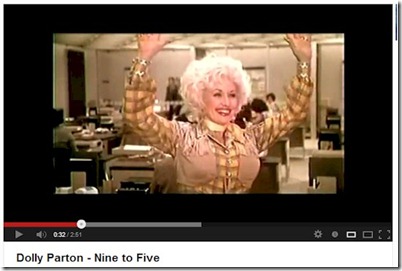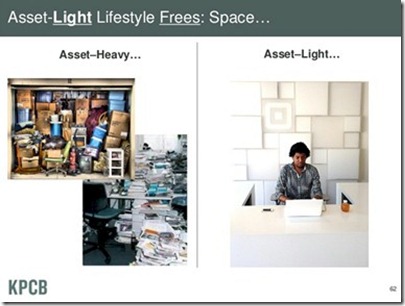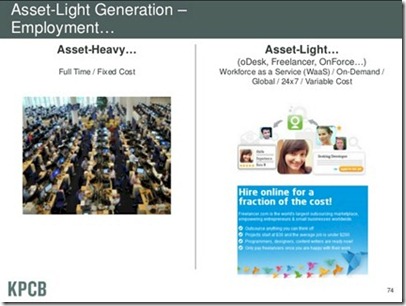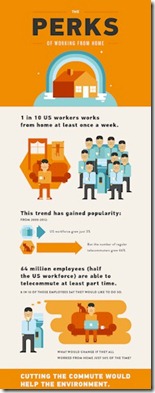Dynamic Work looks to forge ahead strongly in 2012 according to the latest research on top trends reported in Time magazine’s “The Beginning of the End of the 9-to-5 Workday?”…
“The traditional eight-hour workday may soon be the exception rather than the rule. New evidence shows that we’re reaching a tipping point in terms of workplace flexibility, with businesses seeing the wisdom of allowing employees — young ones especially — to work odd hours, telecommute and otherwise tweak the usual 9-to-5 grind. One of the top 12 trends for 2012 as named by the communications firm Euro RSCG Worldwide is that employees in the Gen Y, or millennial, demographic — those born between roughly 1982 and 1993 — are overturning the traditional workday.”
- Gen Y workers won’t accept jobs where they can’t access Facebook.
- Gen Y-ers value workplace flexibility over more money.
- Gen Y workers are always connected to jobs through technology.
Every day the film classic ‘9 to 5’ is looking more and more like a period piece.



